This Vintage Fire Truck Explains Why Center Line is Surrounded by Warren
Center Line isn’t the only city in Michigan to be entirely surrounded by another city. Its history touches on development, city services, and a ruby red fire truck.
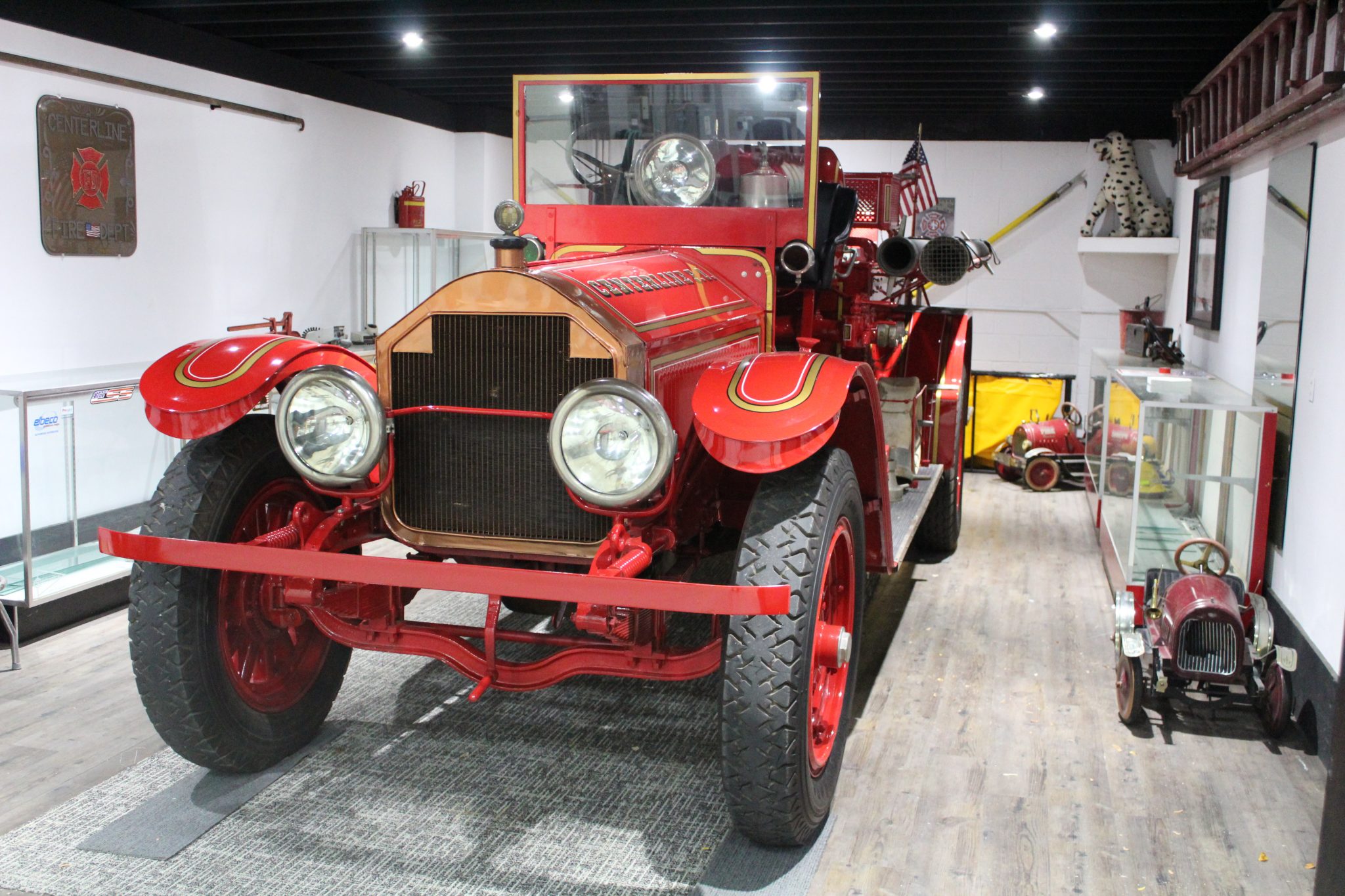
Center Line is a 1.7-square-mile city entirely surrounded by the city of Warren – Michigan’s third largest city as of the 2010 census.
Like how Highland Park and Hamtramck are completely within Detroit, Center Line is a city within a city.
Crossing the Lines
101.9 WDET’s Crossing the Lines series explores what unites the Metro Detroit region and what divides it.
Why Center Line? The city is a community with a deep history as well as a significant shift in diversity over the past 20 years. See more coverage
But how did this tiny city end up inside Warren?
When I asked a local historian what he could show me that would be emblematic of how Center Line ended up inside Warren, he arranged for me to meet with some city officials at their fire station.
“The truck sort of symbolizes what this town is all about,” – Dennis Champine, Center Line city manager
Inside the station there is a replica of an old fire house tucked into the corner. A fire station inside a fire station, if you will. It seems like a fitting place to start a story about a city inside a city.
We’re here because of the shiny vintage fire truck parked inside. “As the city went from a dream, to a village, to a city, this truck was a part of it,” says Paul Myzenski, Center Line’s public safety director.
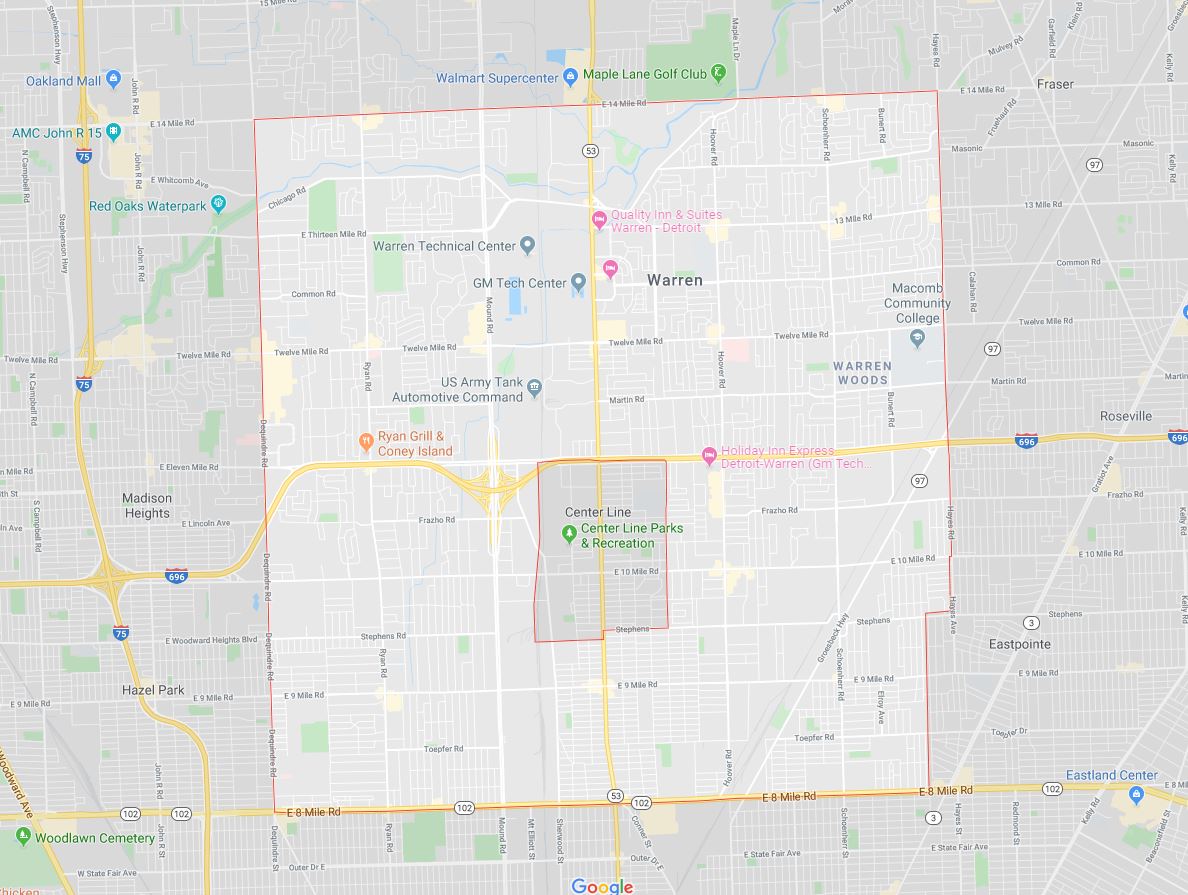
Warren Township, A Swath of Unsettled Land
In the early 1800s, the land where Center Line sits today was a swampy woodland. Nomadic American Indians sometimes made their way through here but the land was unsettled. It wasn’t even a part of Michigan yet, it was just a piece of a swath of land known as the Northwest Territory.
According to Mike Grobbel, chair of the Center Line historical society board, this was the US government’s plan for the area:
“All the new lands that are going to be settled will be surveyed and divided up into equal units of area and the primary unit of area is the township which is 36 square miles, six miles on a side.”
Grobbel says one of these chunks of 36 square miles was named Warren Township. Nearby in Macomb County there was Sterling Township, Clinton Township, Erin Township and others. But these weren’t like townships today. They were more like big squares on a map that existed to facilitate the sale of land.
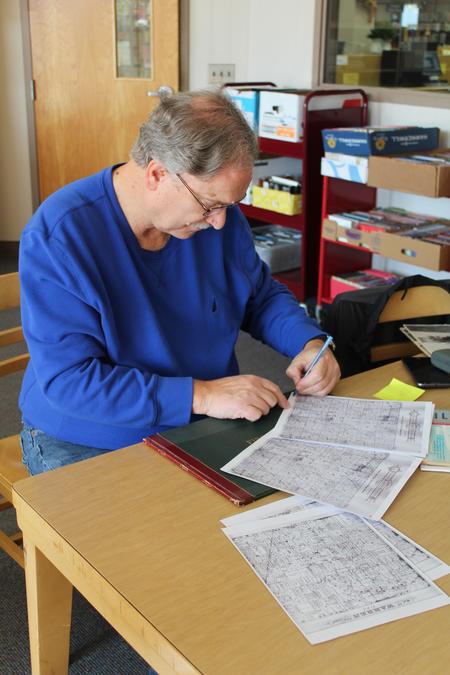
Some folks began to settle in Warren Township in the 1830s. Grobbel’s great great grandfather was one of the pioneers. He bought 80 acres to farm there in 1849.
“Eleven years later he still only had half the land cut down. The rest of it was still timber,” says Grobbel. “It was just a long process because you not only had to cut the trees down you had to pull the stumps, otherwise you couldn’t plow.”
A couple of communities began to form in the township. There was one located at what today is Chicago and Mound Roads in northern Warren. This area incorporated as Warren Village in 1893.
Another community formed around St. Clement Catholic Church on what today is Van Dyke Road just north of 10 Mile in Center Line. There was a general store, a tavern and a post office. The area became connected to Detroit by an electric streetcar around 1900.
Center Line Residents Want Fire Protection
The community was doing well, but, Grobbel says, by the 1920s something was missing.
“They wanted to have some assurances that a fire wouldn’t just totally wipe them out,” says Grobbel.
In a time when fire protection was crucial, there was no municipal water system, no hydrants and no fire trucks. So in 1925, Center Line residents voted to become a village. That way they could levy some taxes to pay for items like a fire truck.
The fire truck was “their first order of business at their first meeting. That’s how important that was!” – Mike Grobbel, Center Line Historical Society
Grobbel says the newly-elected officials got right down to business.
“The first meeting of those village trustees they agreed to place an order with American LaFrance Fire Engine Company in New York for the engine that you saw today. That was their first order of business at their first meeting. That’s how important that was!” says Grobbel.
With the new vehicle, the village of Center Line became one of the first communities in all of Macomb County to have a fire truck. And Center Line graciously used the vehicle to fight fires throughout the area.
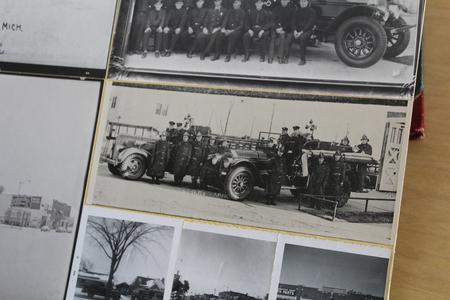
Growing Pains
In 1936, Center Line grew large enough to become a city. At the time, it was the only city located within the borders of Warren Township. Warren – the city – still didn’t exist.
Then the war hit.
“During World War II, the southern part of Warren had explosive growth,” says Grobbel.
Across America, cities in cities
How common is it to find a city inside a city outside of the Detroit region?
“I mean it happens,” says Dr. Russell M. Smith, a professor of Geography at Winston-Salem State University and the author of “Municipal Incorporation Activity in the United States: Patterns, People and Procedure.”
- In North Carolina, the community of Bethania is encircled by the larger city of Winston-Salem.
- The city of Piedmont, less than 2 square miles, located entirely inside the city of Oakland in California.
- In Southern California, Beverly Hills and West Hollywood are completely surrounded by Los Angeles.
- Culver City is almost entirely surrounded by LA but it also shares a border with unincorporated areas.
- Santa Monica is surrounded by LA on three sides and the ocean on the fourth. Plus, there have been failed efforts in recent years by residents of the San Fernando Valley to secede from LA.
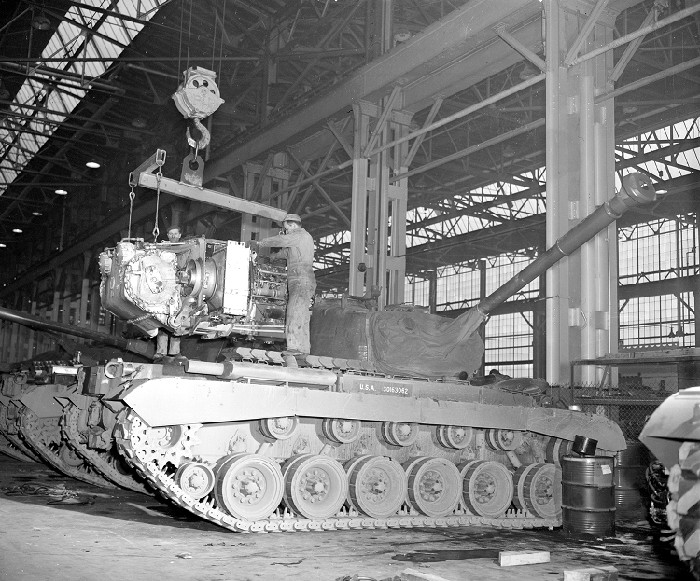
Factories sprouted up to support the war effort. And with these jobs, people followed. Subdivisions were rapidly built in the southern part of the township just outside Center Line’s city limits.
Because Warren Township wasn’t a city but Center Line was, Center Line could have gobbled these nearby communities up. But, as Grobbel explains, Center Line was content with its size. And it saw the rapidly built areas as problematic.
“Drainage was very poor. When it rained this whole area would be swampy,” says Grobbel. “Center Line wasn’t going to be able to take on any of that mess. They left it to Warren Township to figure out.”
Grobbel says there were attempts by nearby areas to become a part of Center Line but Center Line residents voted against it.
The area around the tiny city remained Warren Township for a decade after the war ended. Finally, in 1957, residents in the township voted to become their own city.
“All of Warren Township then, except for the city that was already inside of it – Center Line – became the city of Warren,” says Grobbel.
And with that, the city of Center Line became entirely surrounded by the city of Warren.
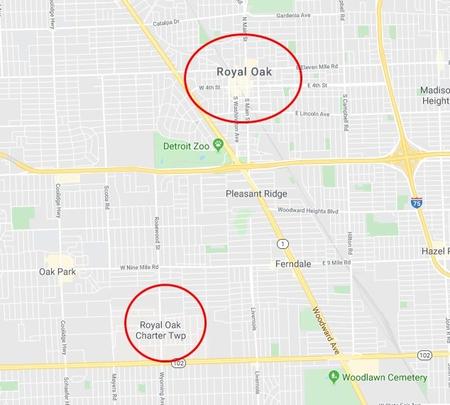
This tactic isn’t unusual for the area.
There’s also the City of Lathrup Village inside Southfield. The situation with Lathrup Village appears to be similar to Center Line’s. The tiny, 1.5-square-mile community of Lathrup Village became a city in 1953 while Southfield, the 26.3 square mile area surrounding it, didn’t became a city until five years later in 1958.
And a lot of the cities in metro Detroit were once 36-square-mile civil townships. In Oakland County, there was Troy Township, Southfield Township and Novi Township, to name just a few.
There was also Royal Oak Township and it got divided up in an interesting way. One-by-one, cities like Madison Heights, Huntington Woods and Clawson formed inside the township. Even Royal Oak became a city inside Royal Oak Township. As these cities became incorporated, little pieces of the township were left behind. One of these was a tiny African-American enclave located just north of 8 Mile Road. The area was vulnerable to being annexed by the cities that surrounded it. In 1973 the community became a charter township, a status that can protect communities from being taken over by bordering cities.
“It’s kind of unique to the State of Michigan where if the township has more than 2,000 people it can incorporate as a charter township and have government powers over the people that live in it, without becoming a city,” says David Gifford, an amateur historian.
What are Perforated States?
When there’s a hole in a country it’s known as a perforated state.
“You have the country of South Africa that completely surrounds Lesotho. In Italy, you have Vatican City which is separately its own country and Italy the country completely surrounds it,” says Smith.
The Fire Truck: A Symbol of Independence
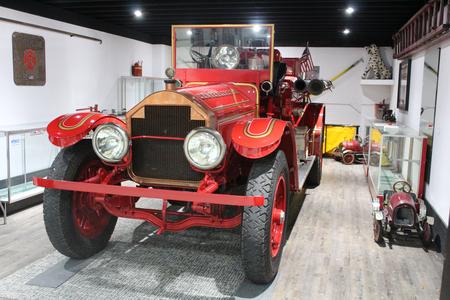
Back at the fire station, Center Line City Manager Dennis Champine admires the shiny red engine from his city’s past.
“The truck sort of symbolizes what this town is all about,” says Champine. “We’ve maintained our history and we’ve maintained our small-town lifestyle here.”
Champine says the truck is the logo for a special celebration the city holds every summer.
“It’s called the Center Line Independence Festival. It’s not for Independence Day but our independence as a community,” says Champine. “When everybody else was consolidating into larger communities, Center Line stayed independent.”
And according to Champine, Center Line intends to remain independent. Even if that means continuing to be a small city surrounded by a large city.
Support the news you love.
Here at WDET, we strive to make our journalism accessible to everyone. As a public media institution, we maintain our journalistic integrity through independent support from readers like you. If you value WDET as your source of news, music, and conversation, please consider making a gift today. Even $5 a month helps!
